Almost half of the world’s human population lives in coastal areas, and associated coastal development has significantly degraded or destroyed many coastal ecosystems. Burgeoning human populations and rising sea levels only further constrain the availability of habitat that coastal species depend on.
California’s 1,100 mile coast has more than 200 threatened, endangered or rare species living in coastal habitats. There are hundreds of coastal estuaries that provide critical rearing habitat for marine species, and are also important for recreation, water filtration, and carbon sequestration.
Only 10 percent of California’s historic coastal wetlands remain. Without intervention, we are at risk of losing 40 percent of our remaining coastal wetlands to sea level rise over the coming decades. Conservancy scientists are working to reverse these trends.
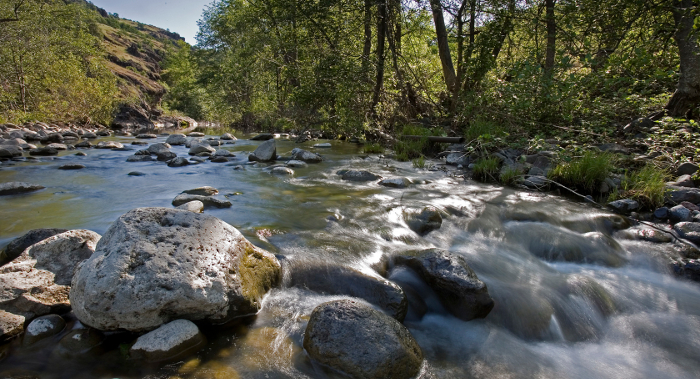
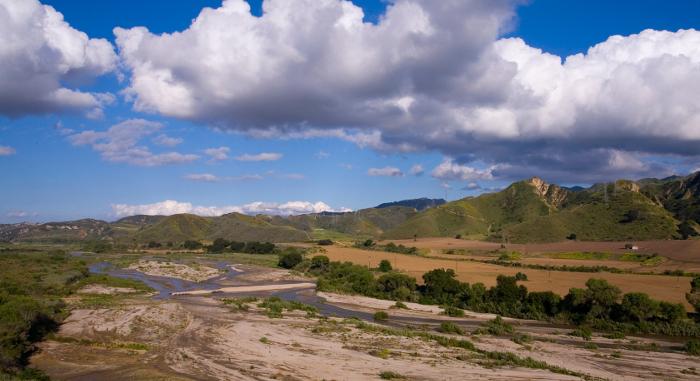
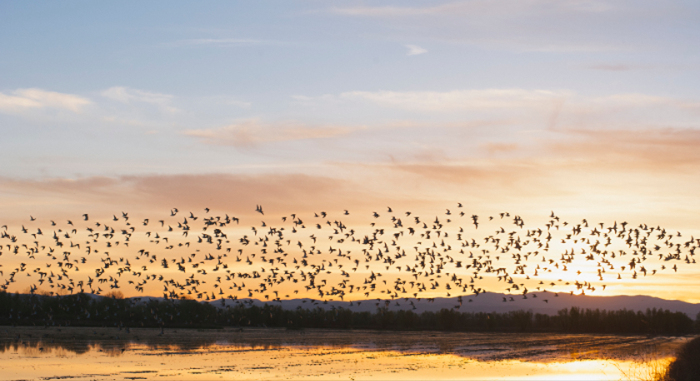
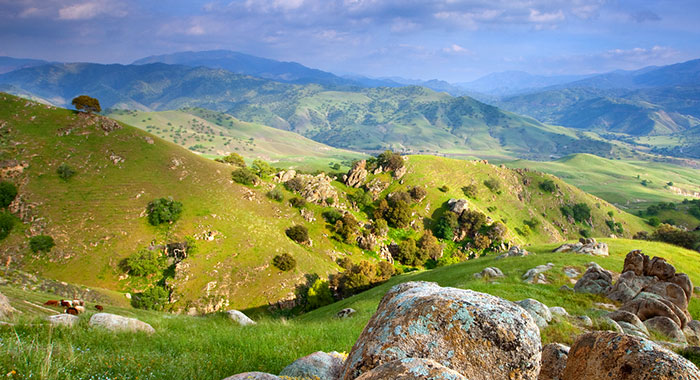

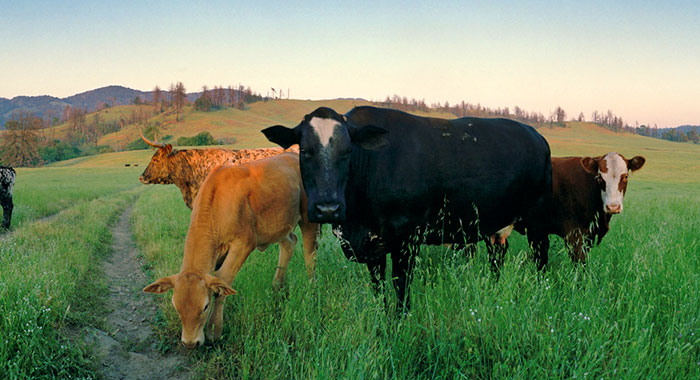
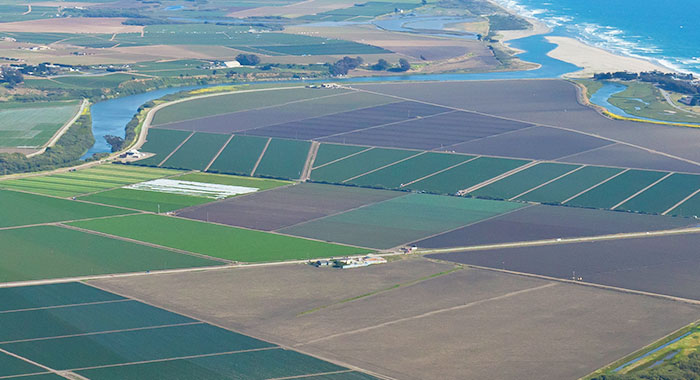

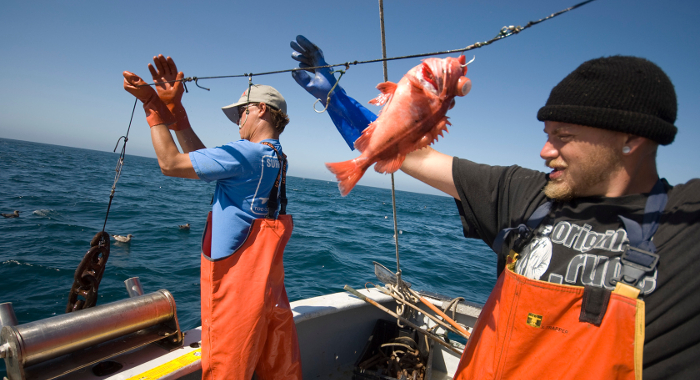
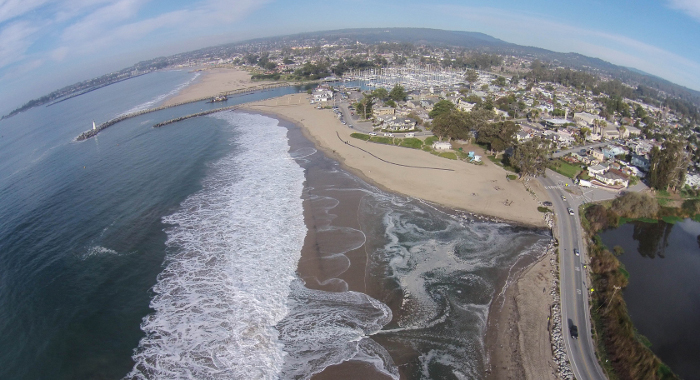
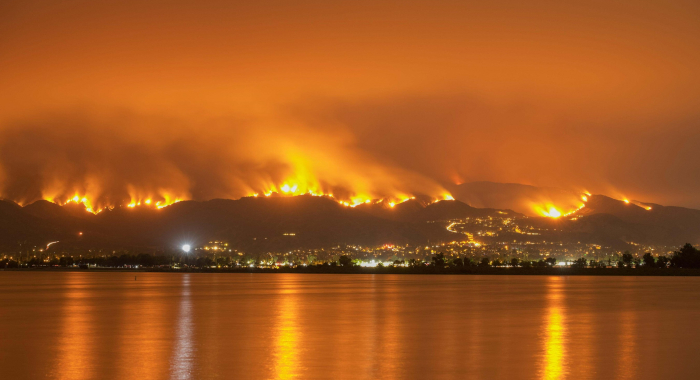
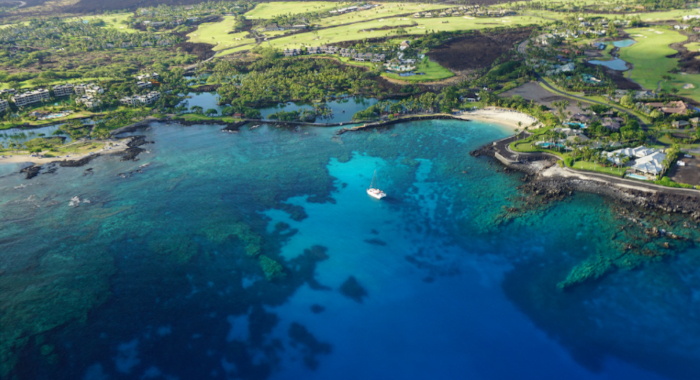
CL Boser, C Hanna, KR Faulkner, C Cory, JM Randall, SA Morrison
Argentine ants are a highly aggressive and impactful non-native species introduced to California and around the world, impacting ecologically sensitive areas, commercial industries and residential…TJ Coonan, V Bakker, B Hudgens, CL Boser, DK Garcelon, SA Morrison
The island fox is a rare carnivore existing on only six California Channel Islands. In the late 1990’s, due to new and excessive golden eagle predation, it was threatened with extinction on the…Jeanne M. Robertson, Kathryn M. Langin, T. Scott Sillett, Scott A. Morrison, Cameron K. Ghalambor, W. Chris Funk
Conservation of biodiversity can be complicated when there are many priority taxa and tradeoffs in management need to be made. This can be especially challenging on islands, where populations with…Mario B. Pesendorfer, Kathryn M. Langin, Brian Cohen, Zachary Principe, Scott A. Morrison, T. Scott Sillett
Acorns are an important food resource for many species that occupy oak habitats. Patterns of acorn abundance across time and space, however, are often difficult to characterize. This paper describes…CL Boser, C Cory, KR Faulkner, JM Randall, JJ Knapp, SA Morrison
Biosecurity is the prevention of damaging non-native species’ arrival and establishment to new areas, for the protection of native plants and animals. This paper discusses the first iterations…Michelle D Staudinger, Shawn L Carter, Molly S Cross, Natalie S Dubois, J Emmett Duffy, Carolyn Enquist, Roger Griffis, Jessica J Hellmann, Joshua J Lawler, John O'Leary, Scott A Morrison, Lesley Sneddon, Bruce A Stein, Laura M Thompson, Woody Turner
This paper synthesizes research pertaining to climate change impacts on biodiversity, reviewed by the biodiversity technical working group of the 2014 National Climate Assessment. The paper focuses on…Golet G.H., D.L. Brown, M. Carlson, T. Gardali, A. Henderson, K.D. Holl, C.A. Howell, M. Holyoak, J. Hunt, G.M. Kondolf, E.W. Larsen, R.A. Luster, C. McClain, C. Nelson, S. Paine, W. Rainey, Z. Rubin, F. Shilling, J.G. Silveira, H. Swagerty, N.M. Williams, D.M. Wood
Large-scale ecosystem restoration projects seldom undergo comprehensive evaluation to determine project effectiveness. Consequently, there are missed opportunities for learning and strategy…J Yoon, TS Sillett, SA Morrison, CK Ghalambor
When members of a single species display very different behavioral patterns it can present a helpful model for ecological study. This paper examines two breeding populations of a songbird species: one…Principe, Z., J.B. MacKenzie, B. Cohen, J.M. Randall, W. Tippets, T. Smith, S.A. Morrison
Coastal southern California has long been the focus of regional conservation planning efforts. Decades ago – and prior to today’s heightened awareness of the magnitude of the likely…Joshua H. Viers, John N. Williams, Kimberly A. Nicholas, Olga Barbosa, Inge Kotzé, Liz Spence, Leanne B. Webb, Adina Merenlender, Mark Reynolds
As an essential component of food security, agricultural landscapes must play a role in conservation efforts because they occupy large areas of land, are adjacent to critical habitat, and both depend…Luke Caldwell, Victoria J. Bakker, T. Scott Sillett, Michelle A. Desrosiers, Scott A. Morrison, Lisa M. Angeloni
The Island Scrub-Jay is the only island restricted bird species in the continental U.S. This study presents findings of a comprehensive breeding ecology study, aimed at elucidating demographic…Butterfield, H.S., D. Cameron, E. Brand, M. Webb, E. Forsburg, M. Kramer, E. O’Donoghue, L. Crane
The Western San Joaquin Valley Least Conflict Solar Energy Assessment characterizes the land use constraints and opportunities associated with siting solar energy facilities in the Western San Joaquin…Butterfield, H.S., D. Cameron, E. Brand, M. Webb, E. Forsburg, M. Kramer, E. O’Donoghue, L. Crane
A Conservancy analysis of the western Mojave Desert identified where human activities had degraded the conservation value of lands making them potentially low impact locations for development of solar…Gennet, S., J. Howard, J. Langholz, K. Andrews, M.D. Reynolds, S.A. Morrison
This paper discusses the 2006 outbreak of toxic foodborne E. coli and its impact on wildlife. The authors explain how farming practices for food safety that target wildlife can damage ecosystems but…Gleason M, Feller EM, Merrifield M, Copps S, Fujita R, Bell M, Rienecke S, Cook C
On the Central Coast of California, The Nature Conservancy, Environmental Defense Fund, local fishers and local, state, and federal authorities worked collaboratively to protect large areas of the…Jeanette Howard, Kirk Klausmeyer, Kurt Fesenmyer
Californians face profound decisions regarding the management of their state’s increasingly limited water supply. Critical for decision-making is information about the plants and animals that…Darci Palmquist, Mary Gleason, Matt Merrifield